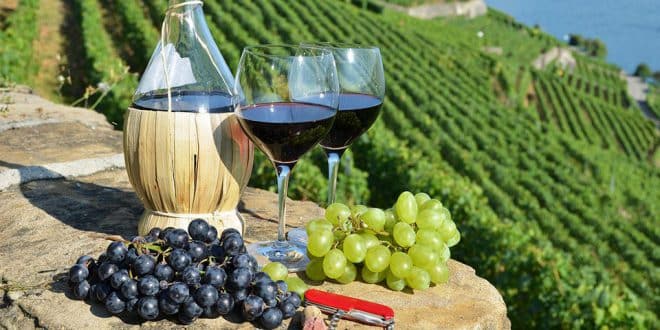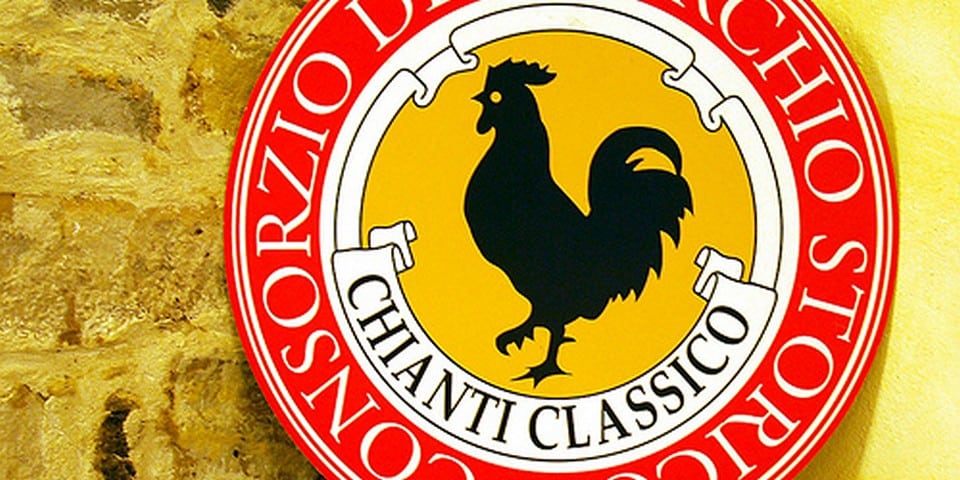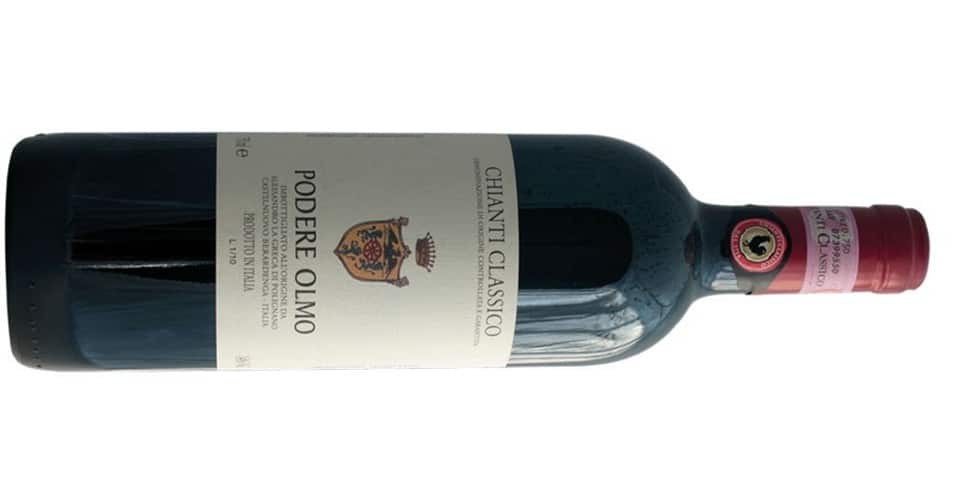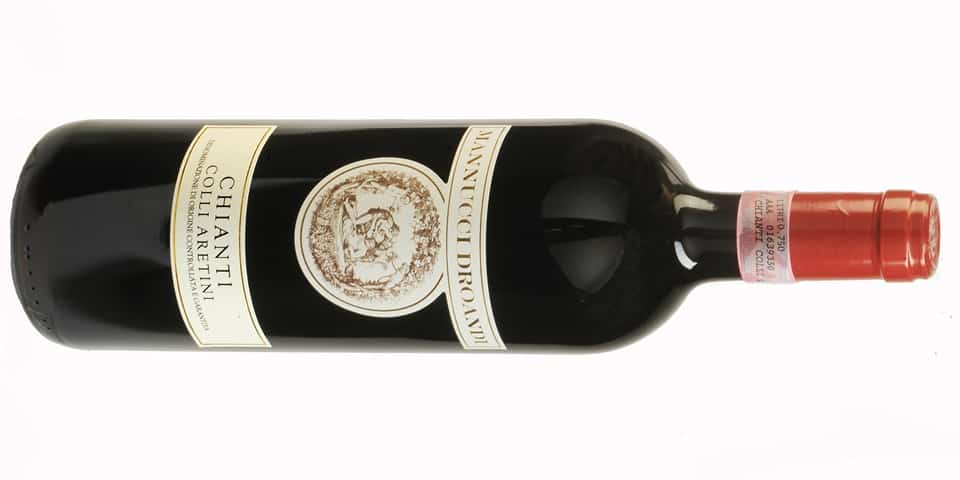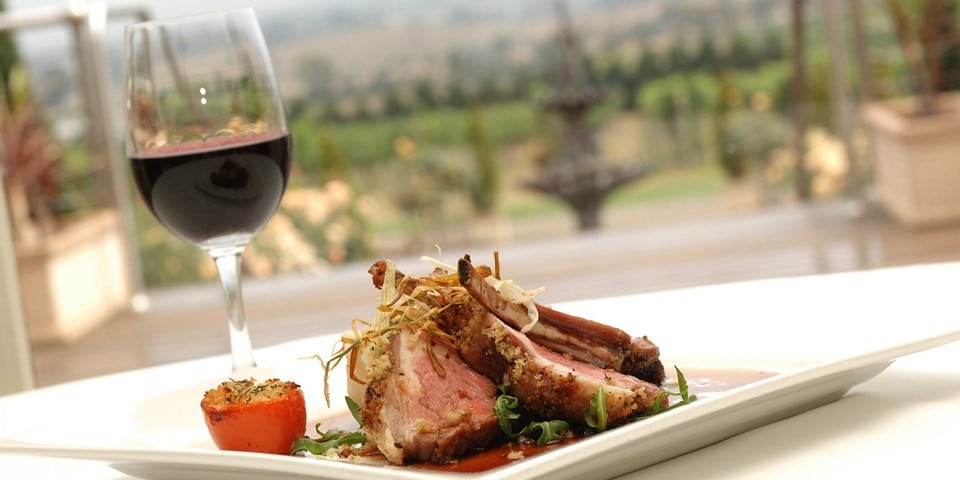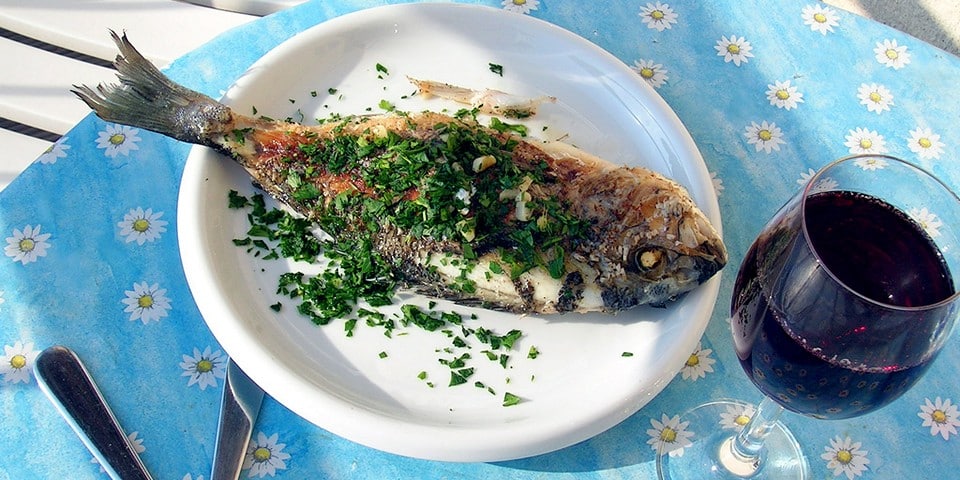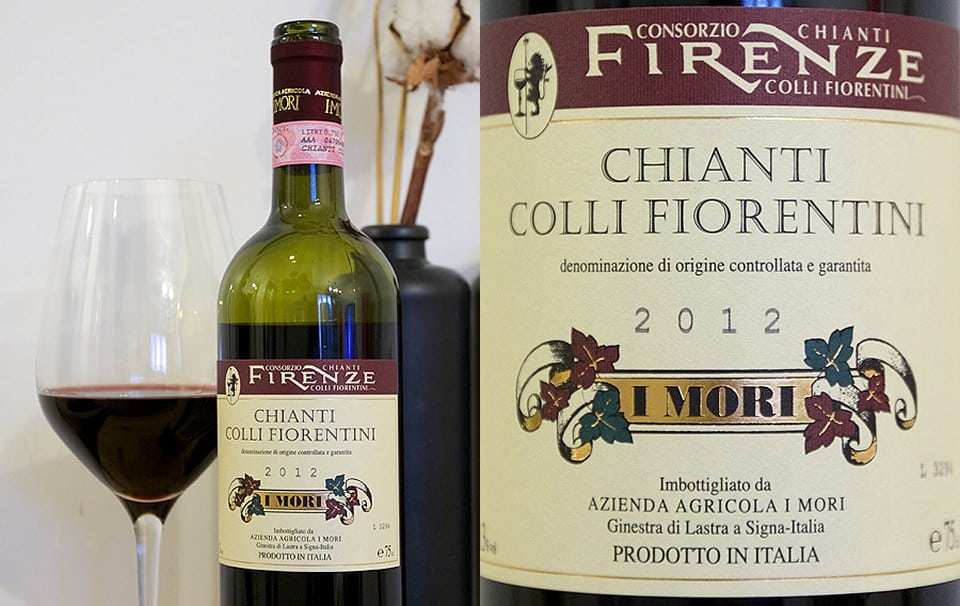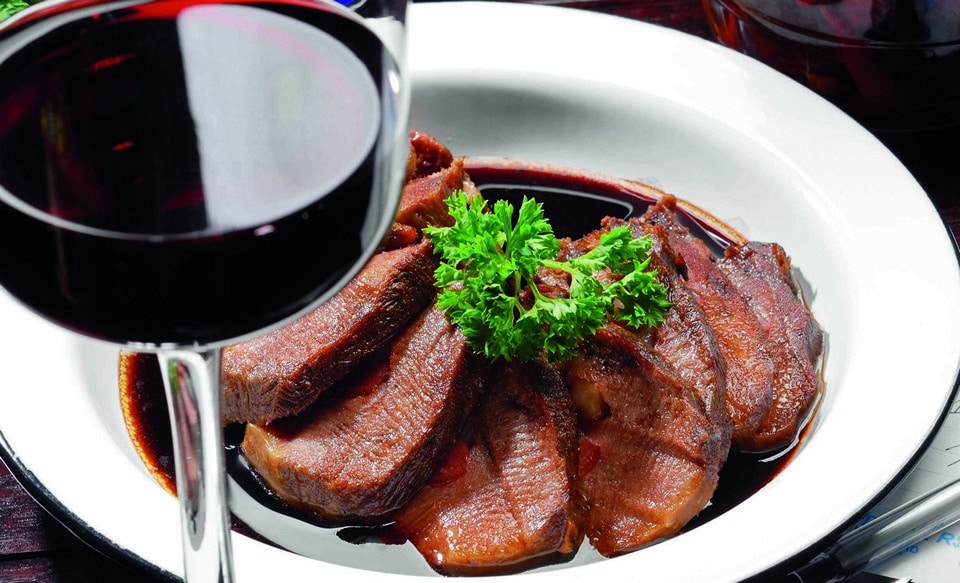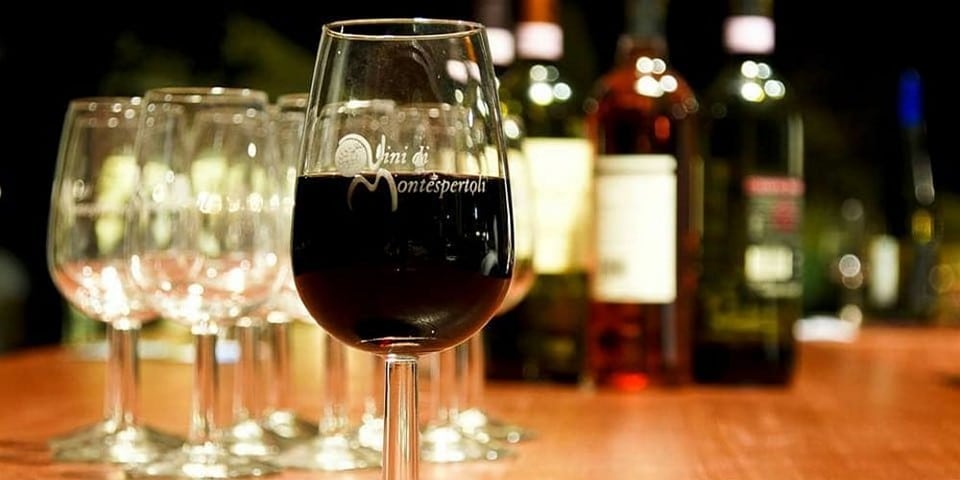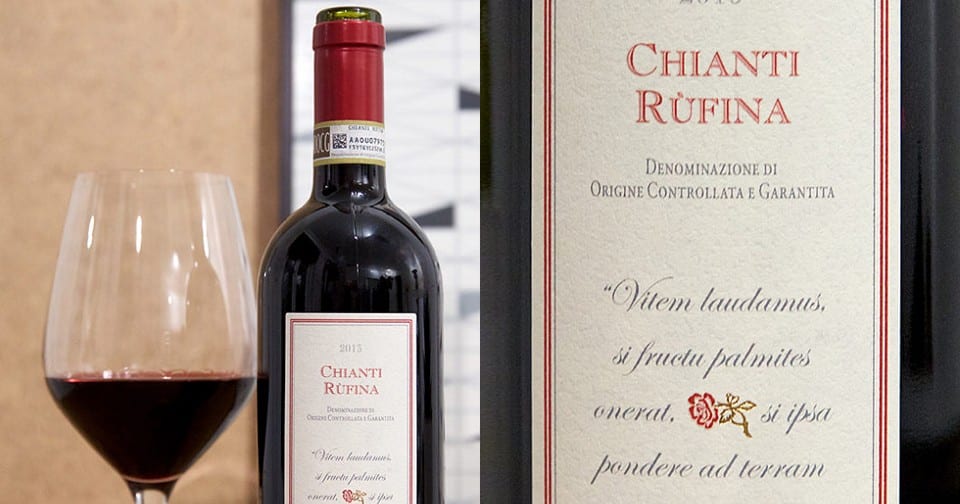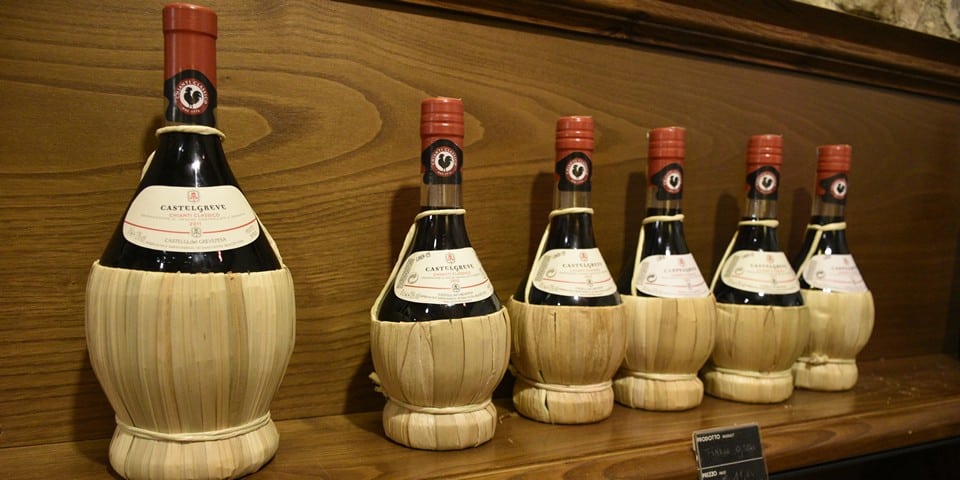All wines are like women. Some are famous, but their taste is appreciated only by connoisseurs. Others may not be as popular, but they are exceptionally good. And then there’s Chianti, a dry red Tuscan wine with a perfect balance of fame and splendor. It is considered the most renowned Italian grape drink outside the republic. The English, out of their love for it, jokingly call Tuscany “Chiantishire.” Chianti is not only mentioned in books and movies but even the characters in popular video games indulge in a glass of this wine.
Why is it so beloved and how does it differ from other beverages? Let’s delve into it.
Page Contents
Wine Chianti History
Italian historians believe that the life of Chianti began during the Etruscan era. Winemaking methods thrived in the Roman Empire and survived even after barbaric destruction, thanks to the Benedictine monks.
The term “Chianti” first appeared in documents in the year 790. However, the earliest mention specifically referring to Chianti wine dates back to the 13th century when viticulture flourished in Florence (Firenze). Merchants from the villages of Castellina, Gaiole, and Radda formed the “League of Chianti” (Lega del Chianti) to produce and promote local wine based on Sangiovese grapes.
In 1796, Cosimo III de’ Medici, the Grand Duke of Tuscany, issued a decree recognizing the three villages of the League and the town of Greve as the sole producers of Chianti. This restriction remained in place until July 1932 when the Italian government expanded the original zone to include adjacent areas: Barberino Val d’Elsa, Chianti Classico, Robbiano, San Casciano in Val di Pesa, and Strada. Subsequent expansions in 1967 led to the Chianti production area encompassing a vast territory in the central part of Tuscany.
By the 18th century, Chianti had become a widely recognized red wine, but its exact composition was unknown at that time. It was only through the work of Baron Bettino Ricasoli in the mid-19th century that the modern recipe for the beverage was established, based on the grape varieties: 70% Sangiovese, 15% Canaiolo, 10% Malvasia Bianca, and 5% other local varieties.
By the early 20th century, the Chianti producers’ league could no longer meet the growing demand for the wine. As a result, imitations of the alcohol emerged not only in other parts of Tuscany but also beyond the region. The creation of a protective body to safeguard the brand from counterfeits became necessary.
On May 14, 1924, a group of 33 producers established the Consortium with the aim of protecting Chianti and its brand. Its symbol became the “black rooster on a golden field,” which remains the distinguishing mark of Chianti Classico to this day.
Why specifically a black rooster? In Florence, there is a beautiful legend that the bird contributed to the expansion of its territory towards Siena.
During the rivalry between the two regions, their residents decided to redefine the borders. Failing to reach an agreement, they made a decision that with the first crow of a rooster from each city, a rider would set off to meet each other. Where they would encounter each other, that would be the new boundary line. Much to the joy of the people of Florence, their black rooster woke up slightly earlier than its Sienese counterpart. As a result, thanks to the modest bird, Florence managed to claim a portion of land from Siena.
In 1967, Chianti Classico was awarded the DOC category, and in 1984, it received the highest recognition in the form of the DOCG quality seal.
Characteristics and Production Technology of Wine Chianti
The Ricasoli formula for the grape varieties used is still successfully applied today. Although some producers, aiming to move away from the old principles, make Chianti with 100% Sangiovese content.
The addition of other grape varieties restricts winemakers, as there are strict limitations in this regard. For example:
- All grapes must be exclusively grown in the territory of Tuscany.
- White grapes (up to 37 allowed varieties) together or individually should not exceed 10% of the total volume. However, for Chianti Classico, since 2006, the inclusion of such grapes is completely prohibited.
- The amount of Cabernet Franc and Cabernet Sauvignon grapes must not exceed 15%.
- Vineyards are exclusively located on hills at an altitude of no more than 700 meters above sea level.
- Any form of growth stimulation for vines is prohibited, except for irrigation.
The production method of Chianti is classified as traditional winemaking. It involves a slow secondary fermentation process. Additionally, slight drying of the grapes before the start of production is allowed.
All stages of production take place in the DOCG zone. There are some minor exceptions, but they require prior approval from the regulatory authorities.
Compared to other wines, Chianti does not require long aging. The minimum aging period extends until March 1st of the year following the harvest. Wines labeled Riserva are aged for over two years before being released.
Historically, Chianti is associated with a short, flask-shaped bottle enclosed in a straw basket known as a “fiasco.” However, today, few producers adhere to this traditional packaging. The majority of Chianti is bottled in standard-shaped bottles.
Types and Description of Wine Chianti
Some refer to Chianti as the “Bordeaux of Italy” because its recipe flexibility allows for a wide variety of wine styles. Light, modest wines typically have a higher proportion of white grape varieties in the blend. The addition of red grapes enhances the richness and intensity of the alcohol’s flavor.
Depending on the production subzone, the following types of Chianti are distinguished:
- Classico;
- Colli Aretini;
- Colli Pisane;
- Colli Senesi;
- Colli Fiorentini;
- Montalbano;
- Montespertoli;
- Rufina.
There are two subcategories of Chianti: Riserva and Superiore. When the wine name is accompanied by the word “Riserva,” it signifies an aged version that has been aged for at least 2 years. “Superiore” is a distinctive designation for wines produced under stricter production rules. The vineyards for these wines are located throughout the Chianti production area, excluding the zone for Chianti Classico.
The wine cannot be sold to consumers before aging for a minimum of 9 months, of which 3 must be spent in the bottle.
Now let’s take a closer look at each type of Chianti.
Chianti Classico DOCG
Chianti Classico DOCG is a dry red wine named after the land where it originated. Its production area covers 70,000 hectares between Florence and Siena, including 8 municipalities. The wine contains between 80% and 100% Sangiovese grapes. Up to 20% of other red grape varieties are allowed, such as Canaiolo, Colorino, Cabernet Sauvignon, and Merlot. Bottles produced before 2005 may contain 6% of white Malvasia and Trebbiano grapes. The harvest takes place in October. The best Sangiovese grapes are used to make the Riserva wine, which has a minimum aging period of 24 months, with the final 3 months spent directly in the bottles and the remaining time in oak barrels.
In 2014, a new category called Chianti Classico Gran Selezione was introduced. It imposes stricter requirements on the raw materials and wine production. The wine is awarded this designation only after passing a “professional suitability” test, which includes laboratory analysis and approval from a tasting commission.
Chianti Classico has a vibrant ruby color and a deep aroma. Riserva distinguishes itself with a garnet hue and a fruity-spicy aroma. The taste is dry, fruity, and tends to become more velvety over time. The minimum aging period is 11 months. The sugar content is 4 grams per liter. The alcohol content is 12%, while for the wine labeled Riserva, it is 12.5%.
Before consumption, the wine needs to oxygenate, so Chianti should be opened several hours before tasting. It is served at a temperature of 16-18 degrees Celsius (61-64 degrees Fahrenheit) in a “Tulip” glass.
Chianti Classico, with its low tannins, pairs well with grilled red meat. Riserva goes excellently with game meat.
Chianti Colli Aretini DOCG
Chianti Colli Aretini is a red wine produced in the province of Arezzo. It consists of 75-100% Sangiovese grapes. Additionally, they can use up to 10% Canaiolo, Trebbiano, or Malvasia grapes and up to 10% of other specified grape varieties.
The wine is released for sale starting from June of the year following the harvest. The Riserva variety matures for more than 26 months.
The color of Colli Aretini is ruby red. The aroma is rich, vinous, with hints of violets and ripe red fruits. The taste is dry, fresh, invigorating, and energetic. The alcohol content is 12%, and for Riserva, it is 12.5%.
It harmonizes excellently with traditional Tuscan cuisine, including first courses, as well as with grilled red meat. It is ideal with beef.
Chianti Colli Pisane DOCG
Chianti Colli Pisane is a wine from the province of Pisa, with a production territory spanning 250 hectares. Sangiovese accounts for 70-100% of the total grape composition, and the share of white grapes should not exceed 10%. The wine trade begins no earlier than March 1st of the year following the harvest.
The color is ruby, which tends towards garnet with age. The aroma is intense, with hints of violets. The taste is harmonious, fruity, with a light tannic structure. The minimum alcohol content is 11.5%, and for Riserva, it is 12.5%.
Colli Pisane is an elegant and soft beverage. It is easy to drink and pairs exceptionally well with fish dishes.
Chianti Colli Senesi DOCG
Chianti Colli Senesi is a testament to the winemaking tradition of the Siena province. The lands in this area differ from one another, resulting in wines that are more robust and lower in alcohol content in the northern part, while in the southern part, they are deep and slow to mature. Sangiovese must make up a minimum of 80% of the composition.
The color is an intense ruby red. The aroma is vibrant, with notes of fresh cherry, tobacco, and violets. The taste is deep, rounded, with moderate acidity and dense tannins. The alcohol content is 12%.
It pairs excellently with vegetable salads dressed with olive oil and truffles.
Chianti Colli Fiorentini DOCG
Chianti Colli Fiorentini is produced in the hilly region surrounding Florence, which includes the towns of Montelupo Fiorentino, Fiesole, Lastra, Signa, Scandicci, Impruneta, Bagno a Ripoli, Rignano sull’Arno, and Pontassieve. Its production volume accounts for 5% of the total Chianti production. The grape varietal composition is distributed as follows: Sangiovese – 88%, Canaiolo – up to 8%, Red and White Malvasia – up to 4%.
The wine has a bright red color and is transparent. The aroma is intense and persistent, with notes of flowers and spices. The taste is dry, full-bodied, with moderate tannins. The alcohol content ranges from 12.5% to 16%. The distinctive symbol of Chianti Colli Fiorentini is a stylized lion standing on its hind legs.
This wine is well-balanced and suitable for everyday consumption. It pairs well with a variety of dishes, including appetizers, meats, cheeses, and vegetable ragù.
Chianti Montalbano DOCG
Chianti Montalbano is a red wine named after the mountain range that extends across the provinces of Pistoia, Prato, and Florence. Currently, it is produced by 180 wineries. The grape blend must contain at least 75% Sangiovese, up to 10% Canaiolo, up to 10% Malvasia Bianca and Trebbiano (together or individually).
The sensory characteristics of this wine are similar to those of many Chianti wines: ruby red color, wine-like aroma with hints of violets. The alcohol content ranges from 12% to 12.5%.
Montalbano pairs well with salami, rabbit meat, pasta dishes, and game.
Chianti Montespertoli DOCG
Chianti Montespertoli is another variation of Florentine wine. It is produced in the municipality of Montespertoli. The distribution of grape varieties is as follows: Sangiovese accounts for 70%, while Merlot, Canaiolo, Cabernet, Sauvignon, Malvasia, and Trebbiano together make up no more than 30%.
Young wine has a ruby red color, while Reserve (Riserva) wine has a garnet color. It has a floral aroma and a harmonious, fruity taste with slight tannins. The wine is velvety and possesses good acidity. The minimum alcohol content is 11.5%.
It pairs excellently with red meat and medium-aged cheeses.
Chianti Rùfina DOCG
Chianti Rufina is a red wine from the smallest subzone of Chianti production. It is produced in the eponymous region in the province of Florence. The wine is composed of 75 to 100% Sangiovese, up to 10% Canaiolo, and no more than 10% of Trebbiano Toscano and Malvasia del Chianti.
Rufina is released for sale no earlier than June 1st, following the year of harvest. It has a ruby color and an intense aroma with hints of violets that become more pronounced with aging. The taste of young wine is harmonious with a slight astringency, while matured wine acquires a velvety smoothness. The alcohol content ranges from 12 to 12.5%.
Due to its pronounced freshness, Chianti Rufina pairs exceptionally well with grilled meat, bean soups, and traditional Tuscan meat dishes.
Which Wine Chianti is considered the best?
When choosing an alcoholic beverage, one desires to settle for the best option. As they say, even the sun has its spots. Therefore, it is absolutely necessary to know precisely what to purchase for the next banquet. To assist buyers in Italy, Vinibuoni d’Italia publishes a guide based on the opinions of professional critics and regular consumers.
According to Vinibuoni d’Italia, the best Chianti bottles in 2017 were:
- Chianti Classico DOCG Gran Selezione 2013, produced by Castello d’Albola di Radda, priced at 27-29 Euros.
- Chianti Classico DOCG Riserva “Bandini Villa Pomona” 2013, produced by Pomona di Castellina, priced at 18-20 Euros.
- Chianti Classico DOCG Riserva 2012, produced by Badia a Coltibuono di Gaiole, priced at 25-27 Euros.
- Chianti Classico DOCG 2013, produced by Val delle Corti in Radda, priced at 15-17 Euros.
- Chianti Classico DOCG Riserva “Vigneto Il Poggio” 2011, produced by Castello di Monsanto in Barberino Val d’Elsa, priced at 44-47 Euros.
It is worth noting that Vinibuoni d’Italia’s selection is based on the optimal balance between the price and quality of the beverage.
The review of the Tuscan celebrity is complete. Drinking a glass of Chianti in Tuscany and dying of pleasure is an excellent goal for your next vacation. Live modestly, joke humorously, think clearly, and remember: “As Chianti passes through the body, it remains in the heart forever!”
Interesting Facts about Wine Chianti
- Chianti, one of Italy’s most iconic wines, traces its roots back to the 13th century when the production of wine in the Chianti region of Tuscany began. Its long-standing history and traditional winemaking techniques have contributed to its esteemed reputation.
- The Chianti wine region covers a vast area of central Tuscany, stretching over 30,000 hectares (74,132 acres). This expansive region allows for diverse microclimates, resulting in a range of Chianti styles, from lighter and fruitier to fuller-bodied and structured.
- To be labeled as Chianti, the wine must adhere to strict regulations. Since 1996, Chianti has been classified into seven different subzones, each with its own unique characteristics. This classification system ensures the preservation of traditional winemaking practices and terroir expression.
- Sangiovese, a red grape variety renowned for its bold flavors and high acidity, is the main grape used in Chianti production. By law, Chianti must contain a minimum of 70% Sangiovese, lending the wine its distinctive characteristics of vibrant red fruit, herbal notes, and firm tannins.
- Chianti Classico, often considered the pinnacle of Chianti wines, is produced exclusively in the historic heartland of the Chianti region. This area spans approximately 7,000 hectares (17,297 acres) and is distinguished by the iconic Black Rooster symbol on the wine labels.
- In 1984, Chianti became the first Italian wine region to adopt the Gallo Nero, or Black Rooster, as its symbol. The symbol represents the Consorzio Vino Chianti Classico, an association of winemakers dedicated to upholding the quality and heritage of Chianti Classico wines.
- Chianti has undergone significant improvements in quality over the past few decades. Winemakers now have greater freedom to experiment with aging techniques and grape blends, resulting in a range of styles, including traditional Chianti, Chianti Riserva (aged longer), and Chianti Superiore (enhanced quality). These advancements have elevated Chianti’s reputation as a world-class wine for enthusiasts to savor.
 Italy for me From Italy with love
Italy for me From Italy with love

